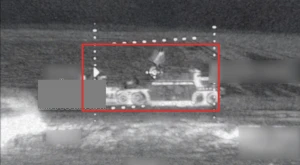
Russia’s stretched out troops will be unable to withstand first strike of counteroffensive, pause in air attacks is expected: military results of the week
Ukraine has a significant advantage in being able to choose the location and timing of the attack, which are key factors that the General Staff should capitalize on during the counteroffensive. By conducting multiple powerful breakthroughs in various directions, it will limit Russia’s ability to effectively respond
Situation at the frontline: Berdiansk, Marinka, Bakhmut attacked
This is not the first attack on Berdiansk. Russian warships are now leaving the city in a panic. Thanks to long-range systems, many other Russian targets are being destroyed. These developments indicate the start of the preliminary phase of a large-scale offensive. There is widespread discussion regarding the shaping of the battlefield.
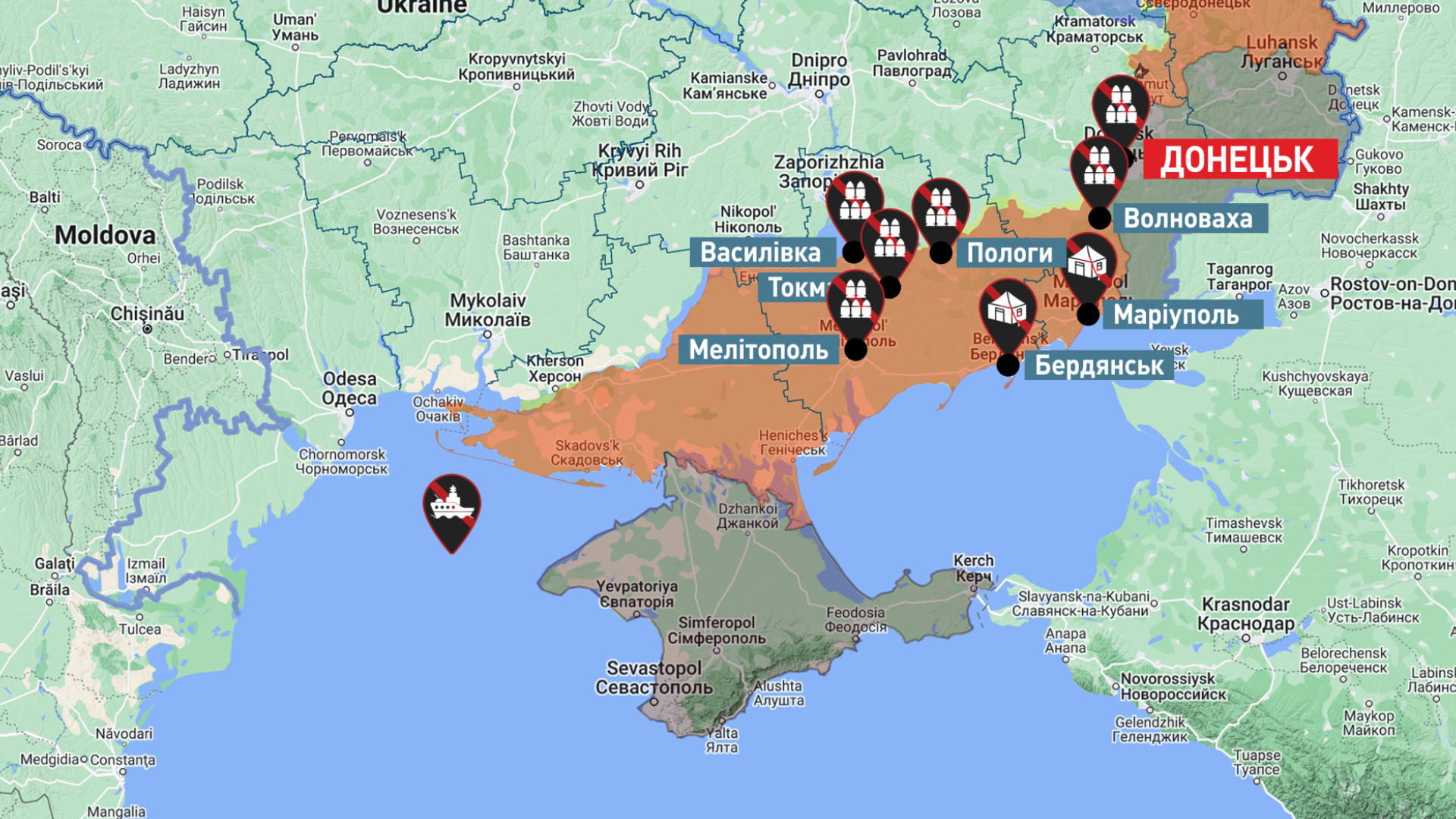
Currently, the frontline is experiencing a period of relative calm before an anticipated escalation. Significant developments have not occurred. In the Lyman direction, clashes are ongoing near Masiutivka, as Russia attempts to push Ukrainian troops towards the Oskil River. While no major changes have taken place, there has been an increase in Russian forces in the area. Fighting has also occurred in the forest near Kreminna and near Bilohorivka, resulting in the retreat of Russian forces. The line stretching from Kupyansk to Svatove and Kreminna remains tense, with frequent artillery attacks, but the frontline itself remains stable without significant changes.

Near Vuhledar, the Ukrainian military has been engaging in tactical operations to secure advancements within the gray zone. These actions have posed challenges to Russia's logistics in the Pavlivka area. Among all the areas, Marinka holds particular significance. There were 12 clashes, which is much more compared to other places.
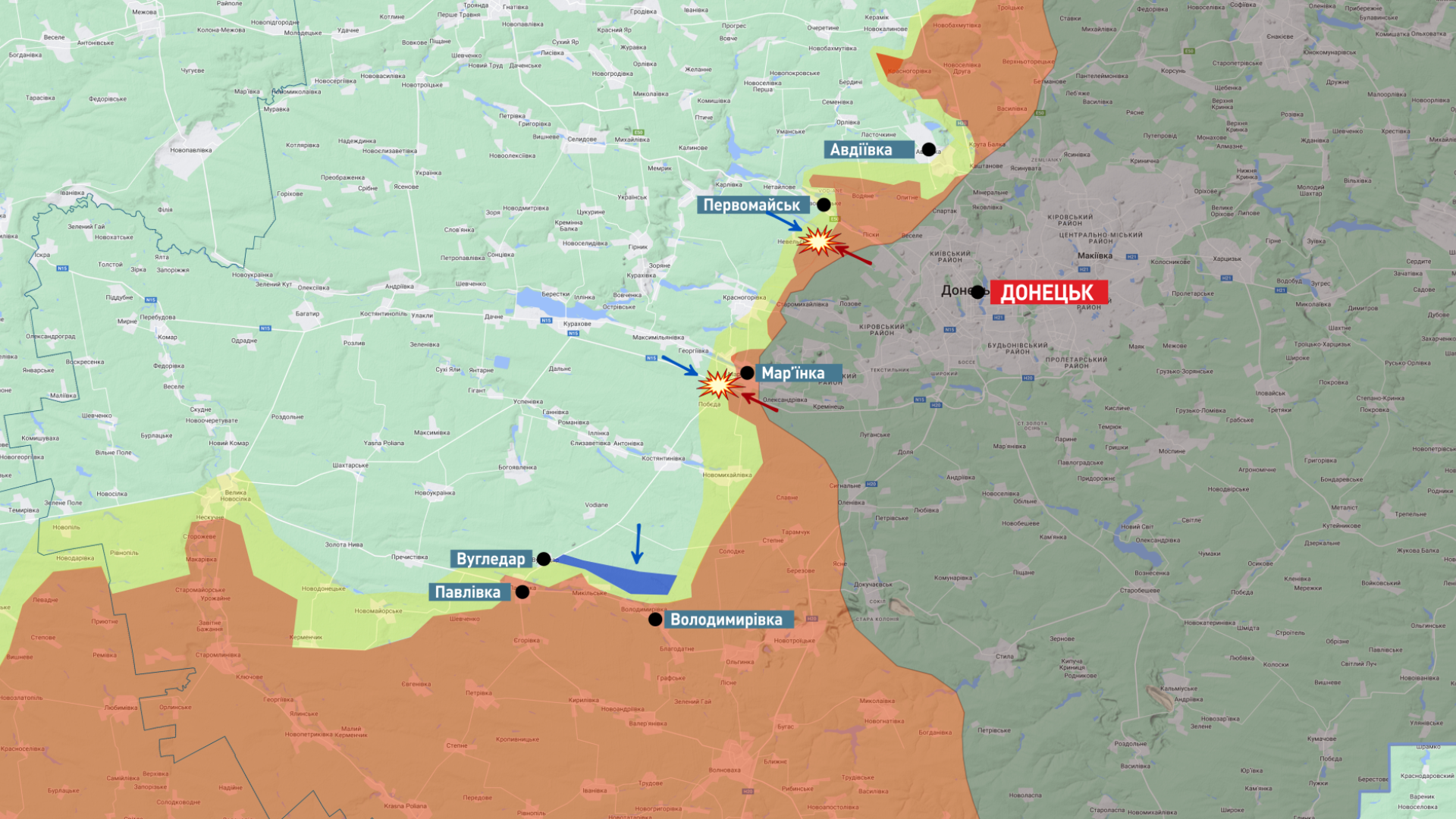
Bakhmut. According to Commander Syrskyi of the Ukrainian Land Forces, there is currently no significant action on the flanks in the Bakhmut area. Ukrainian units are undergoing rotations and reinforcement. Although Russia’s manpower has decreased, they are actively utilizing artillery and aviation assets to compensate for the lack of manpower. The rotations involve replacing Wagner mercenaries with regular troops and are occurring along the Berkhivka river, with a deliberate avoidance of entering the city itself. The challenging urban terrain in Bakhmut makes it difficult to establish fortifications, and Russia appears to be aware of this, thus delaying their entry into the city. Fighting continues near the airplane monument. The Ukrainian Special Forces are fighting there, preventing Russians from claiming that they have reached the administrative border.
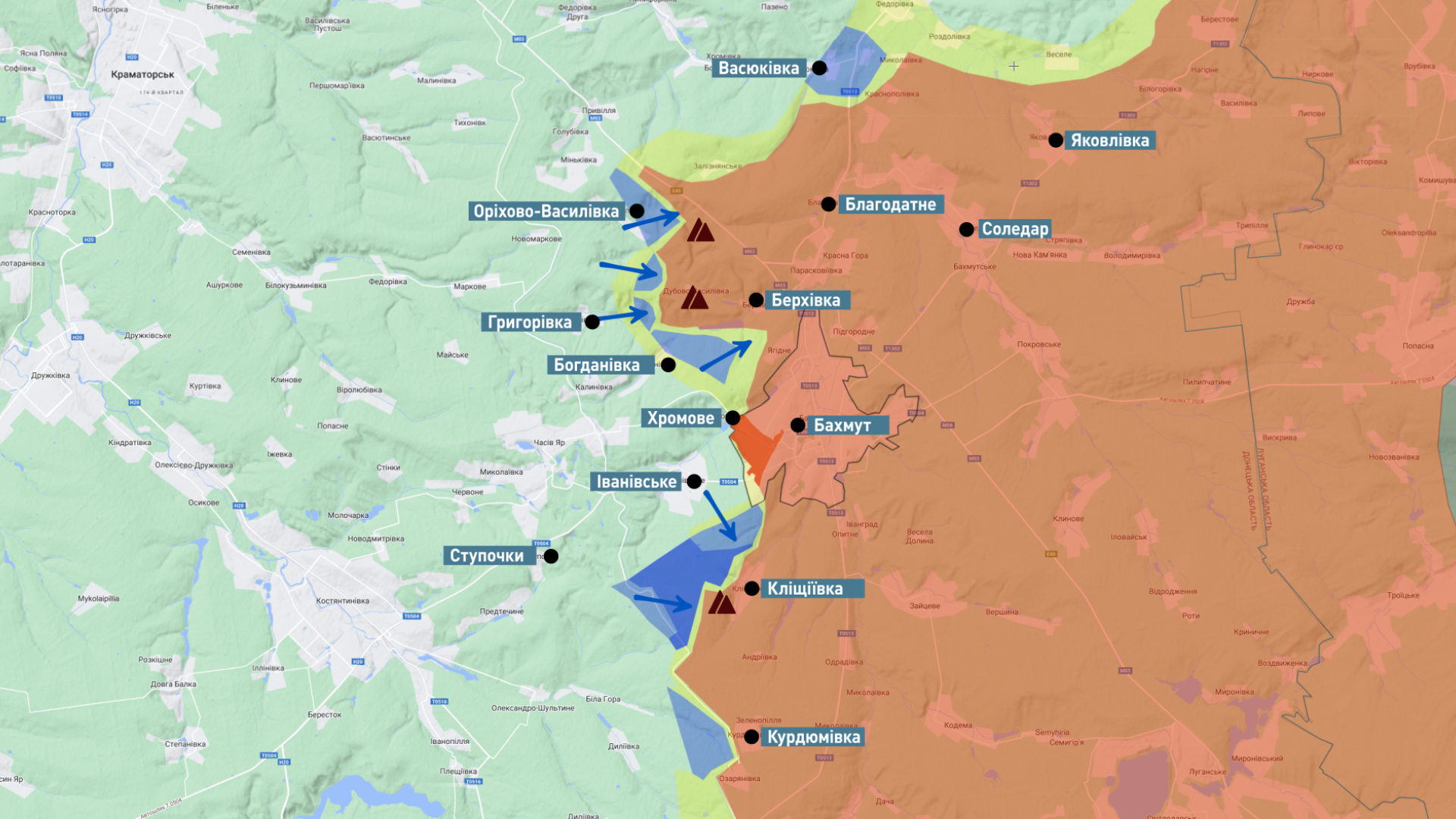
Russia: new RVC raid, strikes on Moscow, loss of missiles and air defense systems
The Russian Volunteer Corps (RVC) has emerged as a significant challenge for Russia. Russia has 17,000 personnel deployed along a 700 km stretch of the border, this force is only sufficient to cover about 120 km effectively. As a result, there is a gap in Russia's line of defense. The RVC operates with notable flexibility, as demonstrated by their recent actions in Grayvoron and ongoing attacks in the Shebekino area, where evacuation measures are being initiated. Russia will likely attempt to exploit this situation to its advantage by creating a narrative that portrays the Ukrainian army as attacking. It may engage in PR campaigns to generate favorable publicity for itself. Additionally, there are reports that Russia is deliberately shelling its own villages with Solntsepek systems to enhance the emotional impact of the narrative.
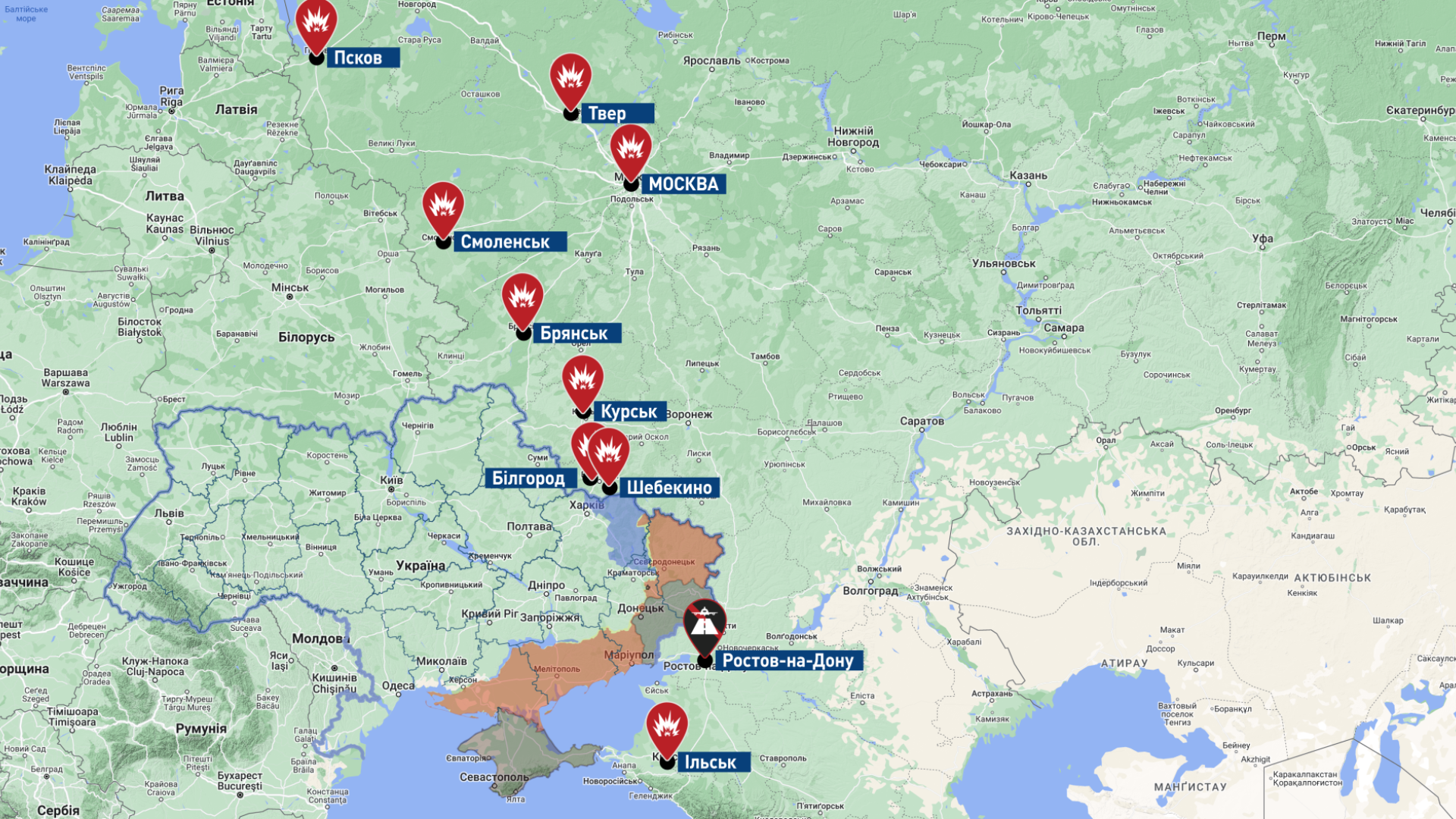
The Russian Volunteer Corps are forcing Russia to reinforce its border and redistribute its reserves. As a result, forces are being relocated from other regions. Currently, Russia maintains approximately 400,000 personnel within Ukraine, including 30,000 reserves. However, the reserves are limited in number. The ongoing maneuvers, uncertainties, and risks associated with the RVC's actions also contribute to the Ukrainian Armed Forces' effective preparations for offensive operations
The strikes on Moscow using unmanned systems are extremely meaningful and impactful. It is important to ensure that such strikes primarily focus on military targets. In this instance, the strikes targeted areas where Putin, Deputy Defense Ministers, Shoigu, and Surovikin reside, which was a well-chosen approach. However, there is a need to further enhance the design of these UAVs so that they can harm the Russian leadership.
Reports reveal a significant increase in Russian losses in UAVs, missile systems, and air defense systems. This indicates a heightened and active phase of preparation for a ground offensive. The fewer artillery and air defense systems the enemy has, the fewer losses we will suffer during the offensive. For the first time, Ukraine destroyed a S-400 system using HIMARS. Such successful operations should be expanded and replicated on a larger scale.
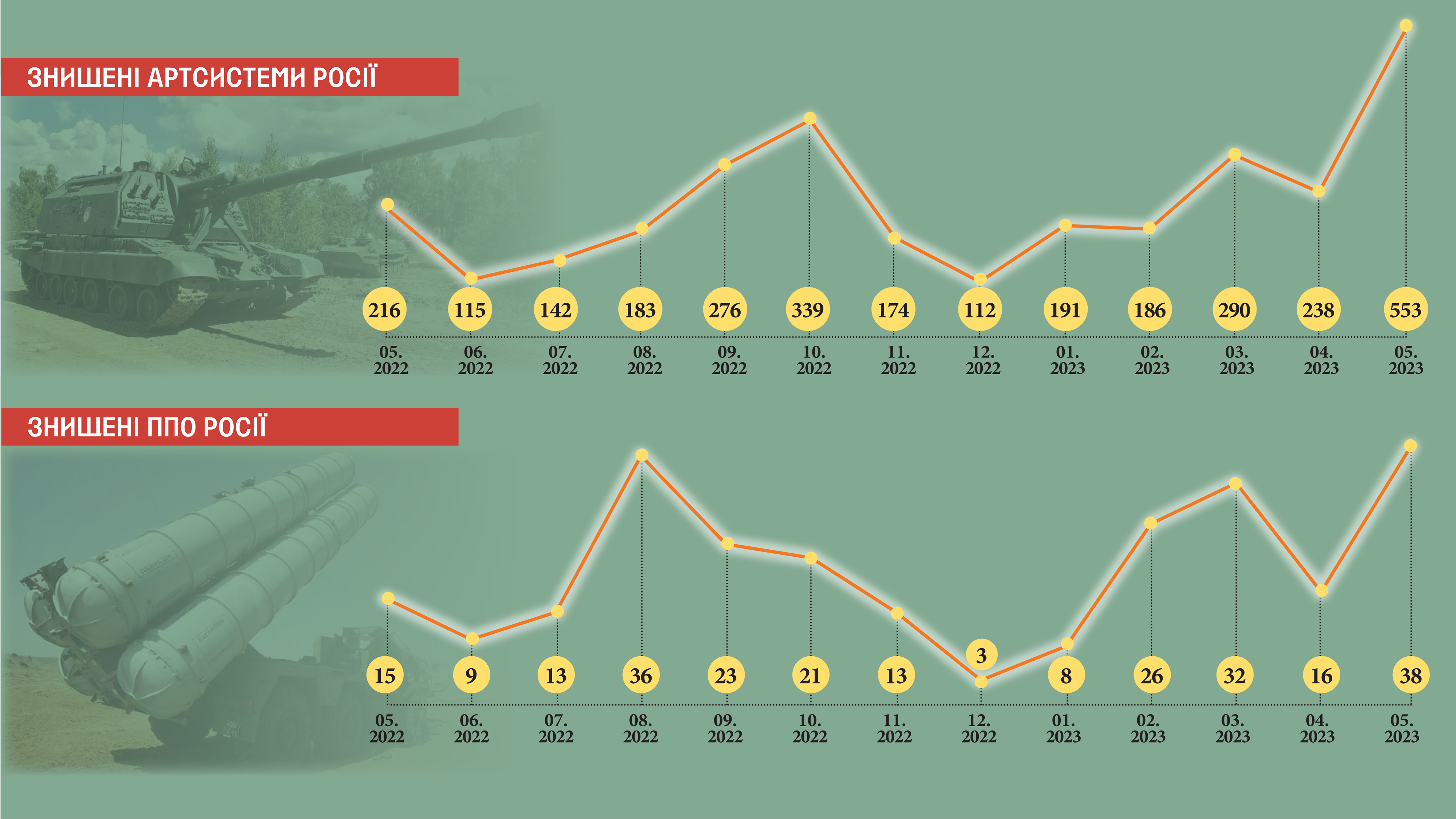
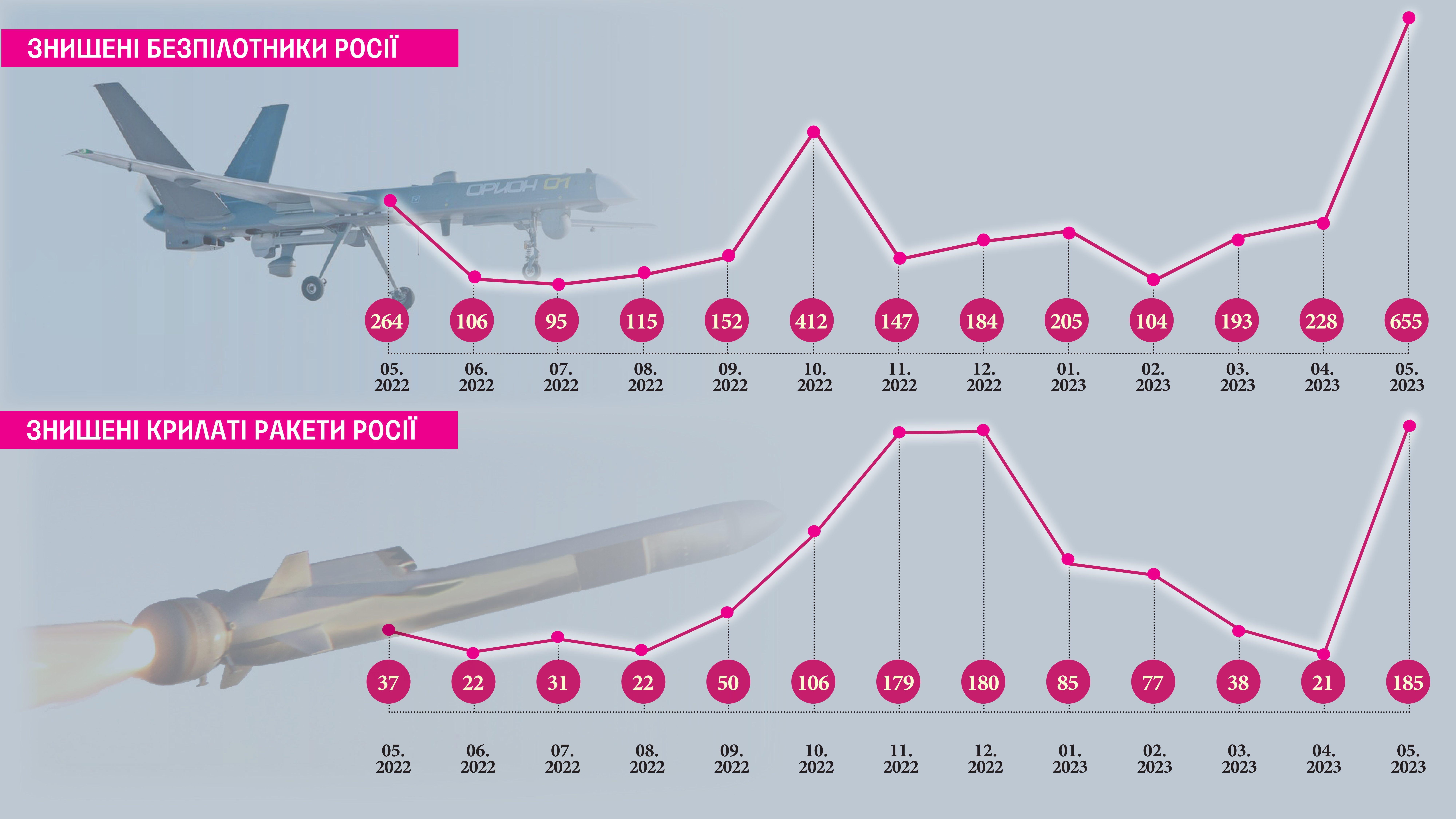
Ukrainian counteroffensive: two advantages and the need for engineering equipment
Ukraine holds an advantage in its ability to choose the time and location of the strike, presenting two key advantages for the General Staff to exploit. The extensive front line makes it challenging for stretched out Russian forces to withstand the first strike. Following this, Russia will likely attempt to deploy reserves and impede Ukraine’s actions through air and artillery strikes. However, if Ukraine executes several powerful breakthrough actions across multiple directions, Russia will hopefully be unable to react effectively. This serves as the primary prerequisite for the initial stage of breakthrough operations, although various scenarios may unfold thereafter. While expectations for the Ukrainian offensive are high, it is important to recognize that victory cannot be achieved by a single offensive alone.
The success of the Ukrainian counteroffensive will rely on the synergy of all weapon types working together. Artillery, particularly long-range systems and shells, will play a crucial role. Additionally, the training and equipment of Ukrainian brigades are vital aspects. An officer from the first tank brigade emphasized the need for more engineering equipment, specifically engineering tanks that can effectively breach minefields. Bulldozer tanks are also essential for tackling fortifications in the first echelon. We hope that the assistance of the United States, Britain, and Germany is already underway, but we need more.
Crimea, Russia’s blackmail and a forecast for future air strikes
A significant milestone will be Storm Shadow missiles successfully striking targets in Crimea. This will indicate that there are no limitations on using foreign weapons on the peninsula. It will then become feasible to discuss the deployment of ATACAMS, which would effectively encircle Russian forces in Crimea and neutralize them.
Russia may potentially exploit the Zaporizhzhia Nuclear Power Plant as a radioactive threat and the Titan plant in Armyansk as a chemical threat in order to manipulate the psychological state of the Ukrainian Armed Forces. They could employ these risks and speculations to their advantage. It is crucial for Ukraine to consider and communicate these concerns at the diplomatic level to inform its partners. Additionally, the military must prevent the enemy from capitalizing on these attempts to blackmail the international community.
Russia’s use of cruise missiles, Shaheds, Iskanders is high in terms of its stockpiles and manufacturing capabilities. In my estimation, there will be a pause. Russian forces are becoming aware that they are using their resources inefficiently and that the anticipated impact is not being achieved.There will likely be a temporary pause, and the evolving situation at the front line may compel Russia to reassess its approach to employing these weapon systems.
- News














